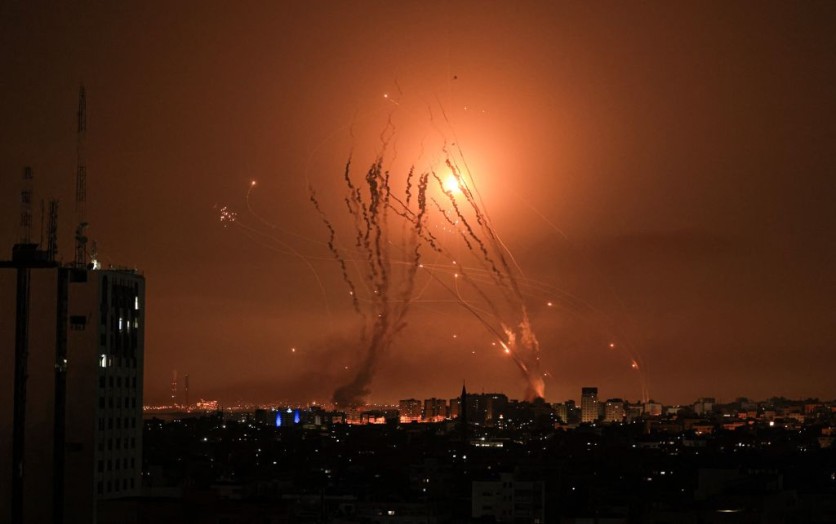
Israel's Iron Dome missile defense system has received attention in the wake of recent rocket assaults and rising regional tensions. Since 2011, this vital part of Israel's defense architecture has protected residents from short-range rockets and mortars.
The Iron Dome missile defense system has been questioned after hundreds of rocket launches and Hamas infiltration into southern Israel. This incident has raised Israeli and international concerns.
Israel's Iron Dome is powered by missile-defense batteries strategically located to defend against rockets and mortars, especially from the Palestinian territories, within 40 miles, according to the Wall Street Journal. Its mobility allows this defense technology to be swiftly deployed to hazardous locations, making it distinctive.
How Does Israel's Iron Dome Work?
The core of the Iron Dome defense system is its radar unit, which intercepts approaching rockets and sends vital information to the defense batteries' command center regarding their speed and course.
In the control center, sophisticated computer algorithms evaluate whether the rocket poses a hazard to inhabited regions. A missile is launched from the battery's launcher, which normally has 20 interceptor missiles if it is thought to be threatening.
Through their radar systems, these interceptor missiles continuously receive guidance updates from the control center. Their main goal is to intercept and detonate incoming rockets to minimize damage, especially in population centers.
Experts and observers underline that the Iron Dome has been a game-changer in Israel's military policy, proving very effective in safeguarding civilian lives during confrontations over the previous decade. In May, the Israel Defense Forces recorded 95.6% success against Islamic Jihad rockets.
The Iron Dome's development started in 2007, and intensive testing was done in 2008 and 2009. The system has received many improvements since the initial Iron Dome batteries were deployed in 2011, according to CNN.
Read Also : Israeli Conflict May Set Tech Industry Aback
According to Raytheon and the Center for Strategic and International Studies, Israel now has 10 Iron Dome batteries, each with three to four launchers.
The system's amazing mobility enables quick deployment, with setup lasting only a handful of hours. In 2012, security study organization IHS Jane's said that the interceptor missiles are nimble, measuring 3 meters (nearly 10 feet) long, 6 inches (15 cm) wide, and 90 kilos (198 pounds). These missiles can travel distances between 2.5 miles and 43 miles, or 4 km and 70 km.
It is important to note that Israel's Iron Dome intercepts low-altitude unguided rockets frequently used by Gaza militants.
How Much Does It Cost to Maintain the Iron Dome?
The development and deployment of the Iron Dome have been essential in Israel's attempts to boost national security and defend its civilians from missile threats presented by extremist organizations in the region. Detonating rockets nearby as part of the defense system's interception function has been extremely effective in reducing danger.
Israel's Rafael Advanced Defense Systems Ltd. and Raytheon Technologies Corp. worked together on developing the Iron Dome, per WION. US troops who were concerned about potential Chinese threats tested the technology on Guam in 2021.
Despite the system's efficiency, maintaining the Iron Dome during armed combat can be expensive. Israel must efficiently manage its resources to fight thousands of missiles, as each interceptor missile costs about $40,000.
Israel's Iron Dome has received nearly $1.5 billion in US government funding, including research. In the context of recent events, Israel is anticipated to request additional interceptors and military aid from Washington to enhance its defense capabilities further.
Related Article : Hamas' Use of Explosive Al-Zawari Drones in Israel Attack Sparks International Concern


![Apple Watch Series 10 [GPS 42mm]](https://d.techtimes.com/en/full/453899/apple-watch-series-10-gps-42mm.jpg?w=184&h=103&f=9fb3c2ea2db928c663d1d2eadbcb3e52)


